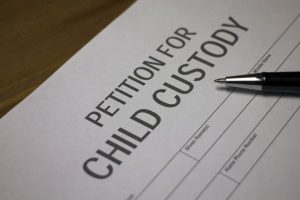‘Birdnesting’ May Sound Like the Ideal Co-Parenting Concept but It Has Its Own Challenges
 Divorce is fraught with difficult decisions. For parents, one of the most stressful decisions has to do with child custody. After all, while the relationship between spouses may be over, the relationships between parent and child are not. That’s why many divorcing parents strive to reach agreement on some type of co-parenting arrangement.
Divorce is fraught with difficult decisions. For parents, one of the most stressful decisions has to do with child custody. After all, while the relationship between spouses may be over, the relationships between parent and child are not. That’s why many divorcing parents strive to reach agreement on some type of co-parenting arrangement.
There are many variations of what a co-parenting arrangement looks like, but most have the child or children splitting their time between Mom and Dad’s respective homes. Depending on how far Mom and Dad live from each other, this can be disruptive to their children’s schedules and social lives. A less disruptive arrangement is one referred to as ‘birdnesting’ where the parents, rather than the children, changes houses, but even this arrangement has its challenges. To learn more about this co-parenting concept and whether it could work for you read, “What is ‘Birdnesting’ and Is It Right for Your Family?”
 New Jersey Family Law Blog
New Jersey Family Law Blog










